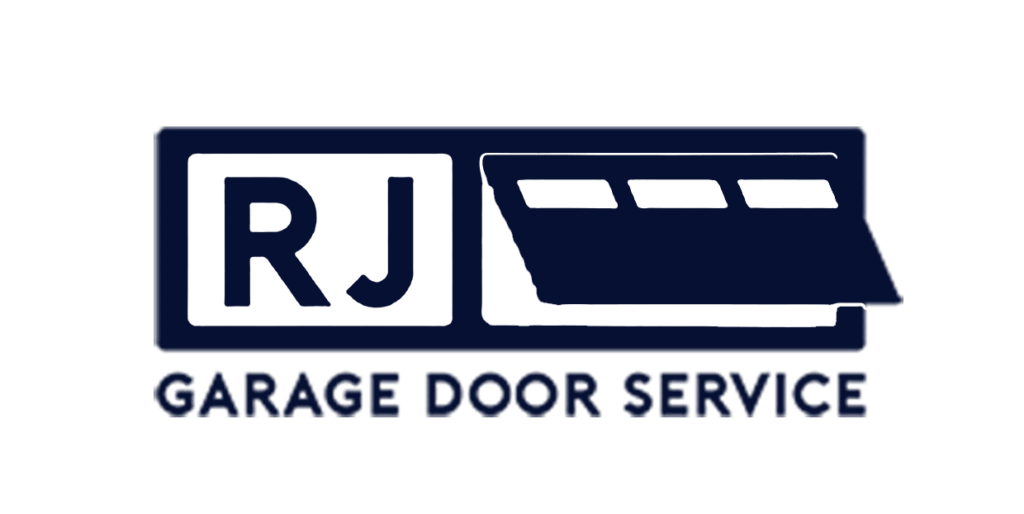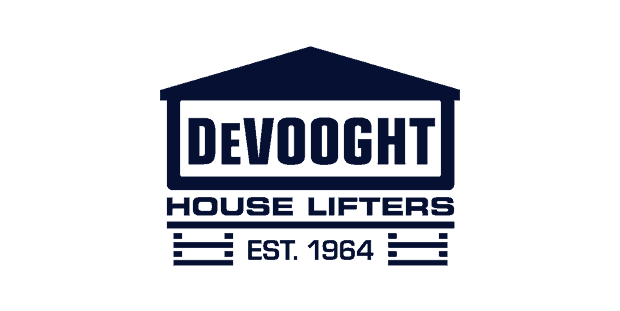Imagine working with digital marketing strategists and web designers from big brands and agencies. Well now you can. We’ve created an Emulent small business marketing agency team who is solely focused on solving the challenges small businesses face – all at an affordable price. The Team Trusted By Here are common marketing challenges that our small business marketing experts help small businesses overcome to create a great online experience and grow their brand online. Stop buying cheap small business web design packages, and start building your website and brand the right way. All our websites follow our comprehensive design process to ensure we are addressing the complete customer journey – starting with where and how your users find you, then making sure they are getting the information they need, and finally measuring and analyzing each step. The goal of all our small business website design projects is to create an engaging and integrated small business experience that users want to engage with, represents the small business brand and vision, is easy to use, and Google wants to rank. Small businesses shouldn’t have to settle for bad SEO. Our small business SEO agency team work closely with small business owners to help them correctly build their brand and increase sales using SEO. The goal of our strategy is to position your website ahead of your competition and increases sales and leads – all while following the strict Google SEO guidelines. Affordable website content, photos, and videography to grow your brand. Here’s how our small business content creation agency guides your small business through our content creation process, always focused on your goals: DeVooght House Lifters is a local house lifter in Wisconsin and North Carolina. We helped them move their website off an obscure content management system over to WordPress and optimize it for search engines. We then consistently created local content targeting key topics within their industry that home owners and businesses would be searching for. Owner, DeVooght House Lifters Small Business Marketing Services






Small businesses deserve better marketing options. Our small business marketing agency works closely with business owners to help them build great experiences to attract customers at an affordable price.

Marketing Challenges Small Businesses Face
Website Design For Small Businesses


SEO For Small Businesses
Small Business Content Creation


Growing a Local House Lifter in Multiple Markets
Bill and the team are extremely responsive and easy to work with. They made the website redesign process easy and have measurably improved our company’s online presence. We have seen a 120% increase in qualified leads, and a 200% increase in Google organic traffic.
Deanna DeVooght
120%+
Qualified Leads
200%+
Google Traffic
220%+
Organic Reach